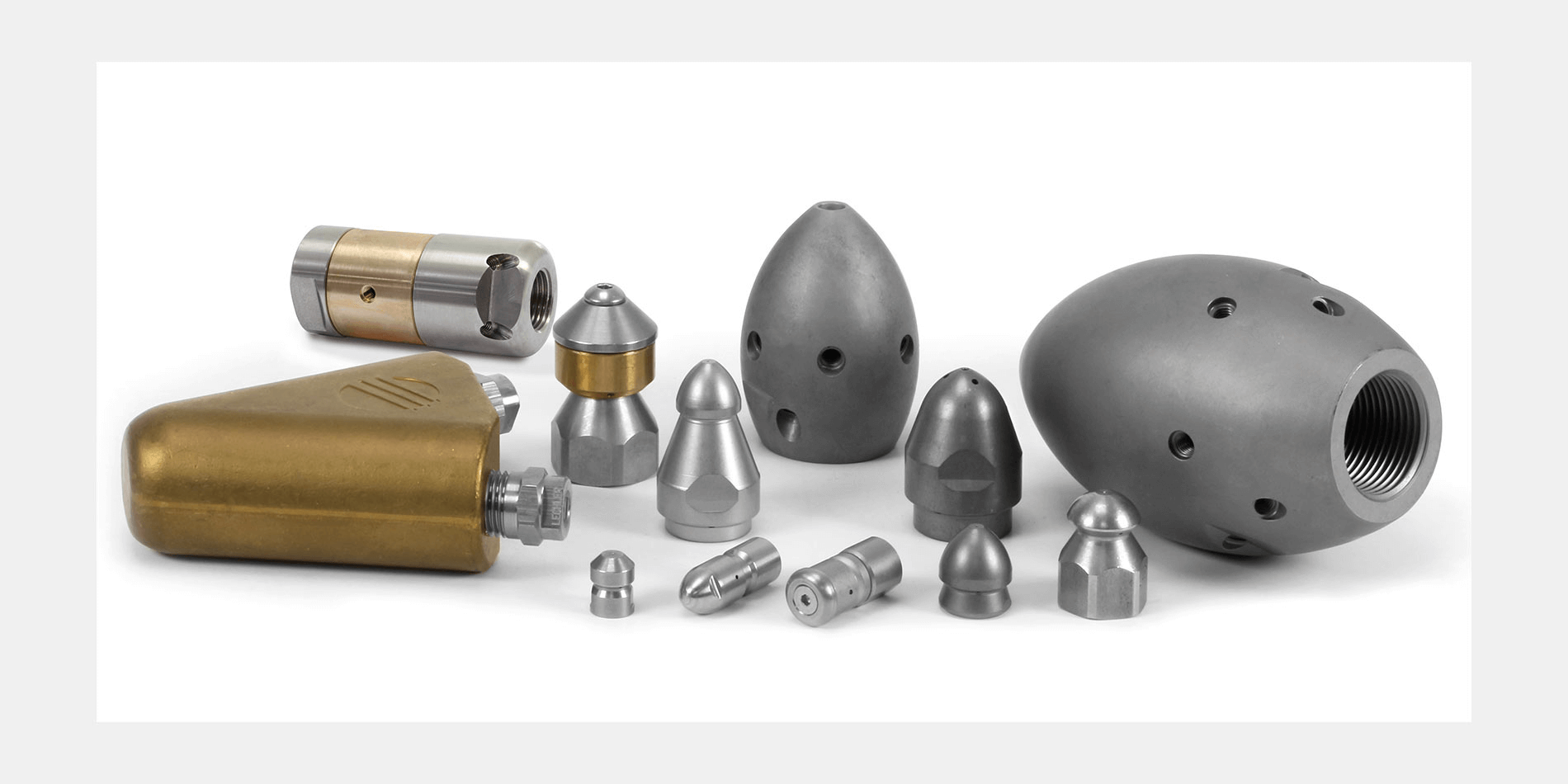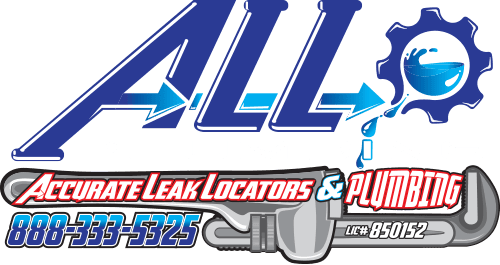The type of sewer cleaning nozzle you choose has a major impact on the efficiency of your sewer cleaning services. In order to provide high-quality sewer cleaning services, it is important to choose the right sewer cleaning nozzle for the job at hand.
If you are interested in learning more about sewer cleaning nozzles, keep reading to discover some of the most important characteristics of sewer cleaning nozzles as well as some of the most common and most popular types of sewer cleaning nozzles that are designed specifically for certain applications.
Sewer Cleaning Nozzle Characteristics
Sewer cleaning nozzles have several different characteristics that make different types of nozzles best-suited for specific sewer cleaning services. Keep reading to learn more about the characteristics of sewer cleaning nozzles that affect the sewer cleaning process.
Jet Trajectory
Different sewer cleaning nozzles have different jet trajectories that affect their efficiency for different cleaning jobs. Many sewer cleaning nozzles operate at multiple jet trajectories in order to clear and clean sewer lines more efficiently.
Sewer cleaning nozzles with jet angles between 0 and 10 degrees are ideal for propelling the nozzle up a sewer line quickly and with a high degree of force to penetrate and dislodge tough debris.
Nozzles with jet trajectories between 15 and 20 degrees are efficient at cleaning the walls of a sewer line and moving debris through the line. Sewer cleaning nozzles with jet angles between 30 and 45 degrees are excellent at cleaning the pipe walls of sewer lines, but they are less effective at moving debris through sewer lines.
Pressure and Flow
Sewer cleaning nozzles have a pressure and flow ratio. The ratio between the pressure at which a sewer cleaning nozzle operates and the flow of water from the nozzle is important to keep in mind because the ideal ratio between these two characteristics changes depending on the conditions of a specific sewer cleaning job.
For simple sewer cleaning jobs that involve the removal of general debris—including mud, sand, non-biodegradable materials, etc.—from a sewer line, low pressure and high flow are ideal because the goal of these types of cleaning jobs is to efficiently move debris down the sewer line in order to clear the debris from the line.
When you need to clear a sewer line of debris that is more difficult to remove, high pressure and low flow are most effective at penetrating and dislodging the tough debris from the inside of the sewer line. Tree roots and solidified grease are two types of debris that often require a sewer cleaning nozzle to operate at higher pressure with a lower flow.
Types of Sewer Cleaning Nozzles
There are hundreds of different types of sewer cleaning nozzles that are designed for different sewer cleaning applications. However, there are a few types of sewer cleaning nozzles that are used most commonly by plumbing professionals. Keep reading to learn more about five of the most common types of sewer cleaning nozzles on the market.

choose the right sewer cleaning nozzle for the job at hand
1. General-Purpose Nozzles
General-purpose nozzles are large, heavy nozzles that are well-suited for general sewer cleaning. These nozzles are able to efficiently move debris through a sewer line in order to clear minor blockages of debris.
2. Penetrator Nozzles
As their name suggests, penetrator nozzles are designed for the penetration of debris. These nozzles are ideal for unblocking sewer lines that are clogged due to a buildup of dirt, grease, ice, or other debris on the inside of the pipe walls of the sewer line.
3. Spinning Nozzles
Spinning nozzles are sewer cleaning nozzles that rotate and are very effective at cutting through tough blockages—including tree roots and solidified grease buildup.
For clearing very tough root blockages, the most effective type of sewer cleaning nozzle is a root cutting nozzle that is similar to a standard spinning nozzle but uses a length of chain to effectively cut through the root that is blocking the sewer line.
4. Spring Leader Nozzles
Spring leader nozzles are efficient at helping sewer cleaning hoses move around tight corners and bends in sewer lines. They are ideal for dislodging debris from and cleaning out clogged P-traps.
5. Flushing Nozzles
Flushing nozzles are designed for flushing dirt and other debris that has accumulated inside a sewer line. These nozzles have a wide spray radius that helps them efficiently flush debris out of a sewer line while cleaning the pipe walls of the sewer line as well.


